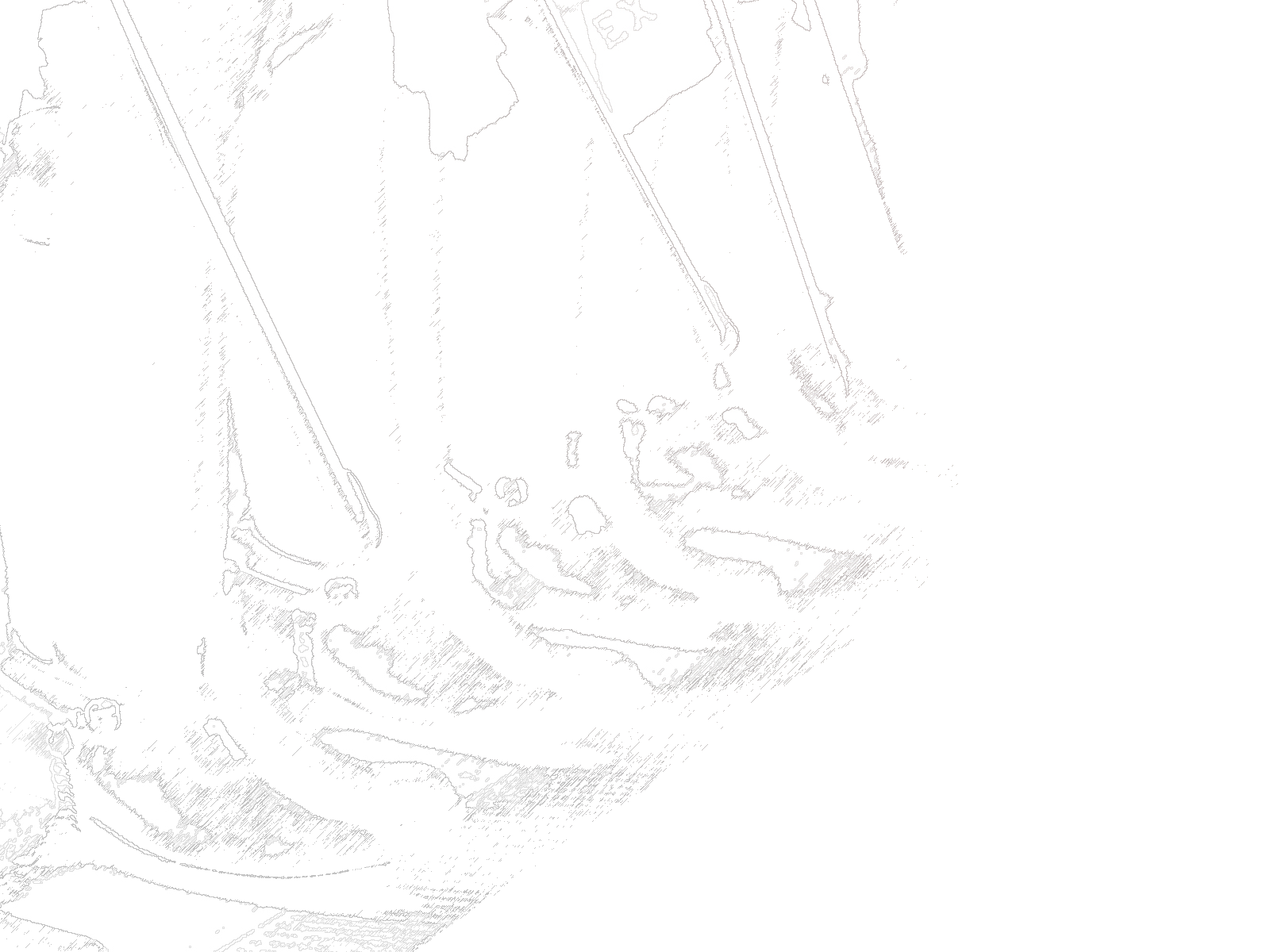My column for the West Bend Daily News is online. Here it is:
It was May 1 and I was driving to a meeting in the Third Ward of Milwaukee. The weather was dreary but the day promised to be a good one. Then everything changed. My phone rang. A voice on the other end told me it was time to go to Texas. My only brother was dead.
Donald was four years my senior. He was a vibrant spirit who pushed both external and internal boundaries. He loved to read, ride his motorcycle, kayak, play with his dogs, eat, drink and love. He also loved to get high, and it killed him. He was a long-time user of drugs from marijuana, to cocaine, to heroin.
On that routine Wednesday morning in 2002, Donald decided to be the dutiful son he so often was and fix a leaky toilet in our mother’s home. Before getting to work, he decided he needed a pick-me-up and injected some cocaine into his vein. Several hours later, our mother found him lying next to that leaky toilet. His heart had exploded. He died violently and alone. He would have been 45 years old last week.
It did not have to end for him that way. Like me, Donald was the product of an intact middle class family. He benefited from a good education and solid foundation. Donald was smart, witty, kind and ambitious. When he started using drugs as a teen, he had access to treatment. He cleaned himself up for years at a time, graduated college, and held down great jobs. But when he was using, he descended into another realm where he stole, cheated and hurt those around him in the search for that next high. Drug addiction does not discriminate.
Sadly, my family’s experience with drug addiction is not unique. Drug overdoses have become epidemic and is the single largest cause of accidental death in America, with heroin and prescription opioids like oxycodone, hydrocodone and methadone leading the way.
The national statistics are staggering. In 2014, 47,055 people died from drug overdoses. That’s 150 percent greater than the number of people killed in automobile accidents and 1,800 percent greater than the number killed in firearm accidents. Opioids account for 61 percent of all drug overdose deaths. Since the turn of the millennium, deaths from opioid overdoses have doubled. Almost 500,000 people have died in America from opioid drug overdoses since 2000.
The statistics in Wisconsin are just as dismal. For 2013 (the most recent year of statistics available from the Wisconsin Department of Health Services), “More Wisconsin residents died as a result of drug overdose than from motor vehicle crashes, suicide, breast cancer, colon cancer, firearms, influenza or HIV…” with heroin and opioids contributing to 72 percent of all deaths from drug overdoses.
One path to addiction has become all too familiar. Someone is prescribed an opioid painkiller for a legitimate purpose (although doctors appear to be over-prescribing these powerful drugs when other painkillers would be more appropriate). That person, or someone else in the home who has stolen the medication, becomes addicted. Often, the prescription painkillers become too expensive or difficult to get, so the person turns to heroin, which is cheaper and easier to obtain than the prescription drugs. Mexican drug cartels have responded to the prescription drug-fueled demand for heroin by flooding the streets with the deadly drug.
Led by Rep. John Nygren, R–Marinette, whose family has also struggled with heroin addiction, Wisconsin has been one of the states pushing back on this epidemic by passing a series of laws collective called the Heroin, Opiate Prevention and Education (HOPE) Agenda. Earlier this month, Gov. Scott Walker signed the latest of these laws that makes Narcan and other opioid antagonists available to purchase from certain pharmacies without a prescription.
My family, like many others, will celebrate the birth of Christ this year without someone we love because they killed themselves with heroin or a similar drug. It does not have to happen for any other families. There is HOPE, but there is also a responsibility for each of us to watch for the signs and intervene early. Watch for the tiny pupils, sleepiness, flushed skin, runny nose, itchy skin, lack of eating, lying, stealing and dramatic changes of behavior. Do not be afraid to ask some tough questions of your kids and dig into the parts of their lives they do not want you to see. An uncomfortable conversation is infinitely preferable to the death of a loved one. Do not allow your loved one to become an object lesson for a newspaper column.
